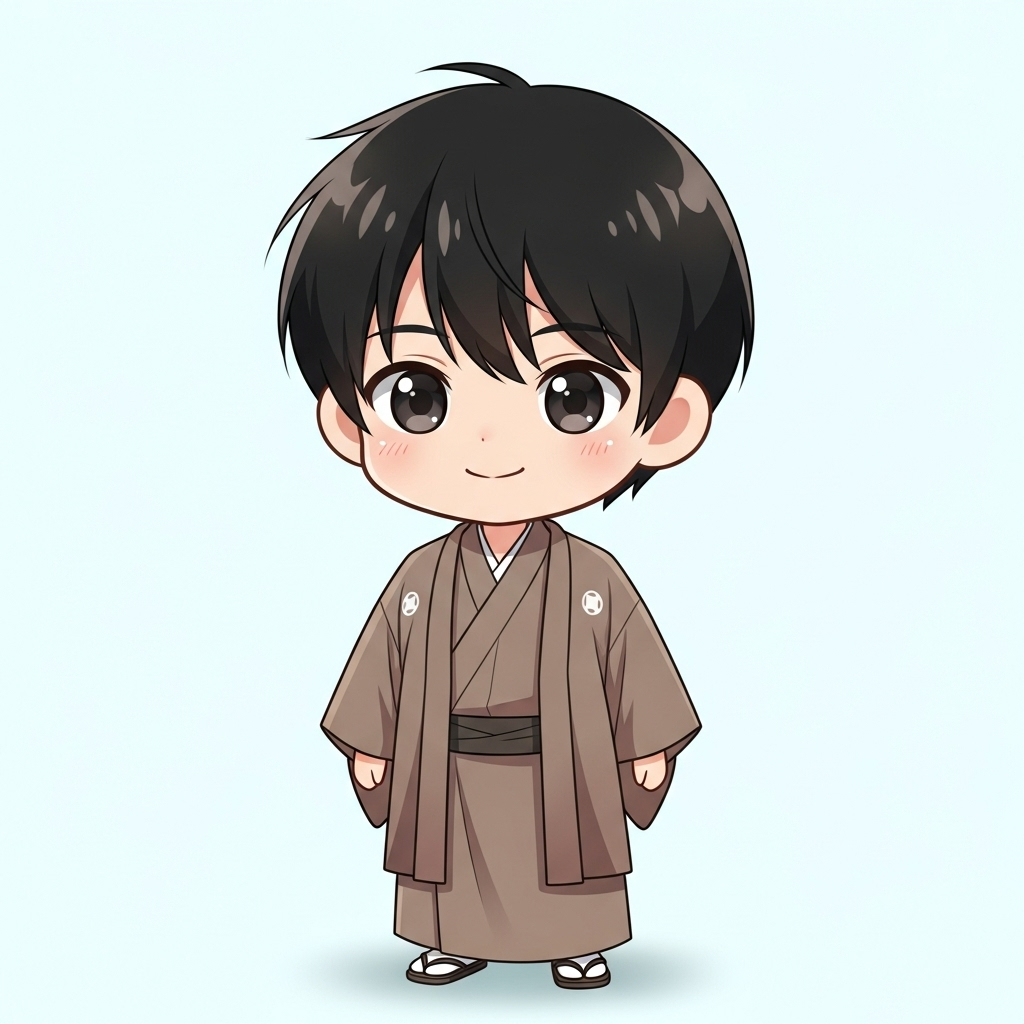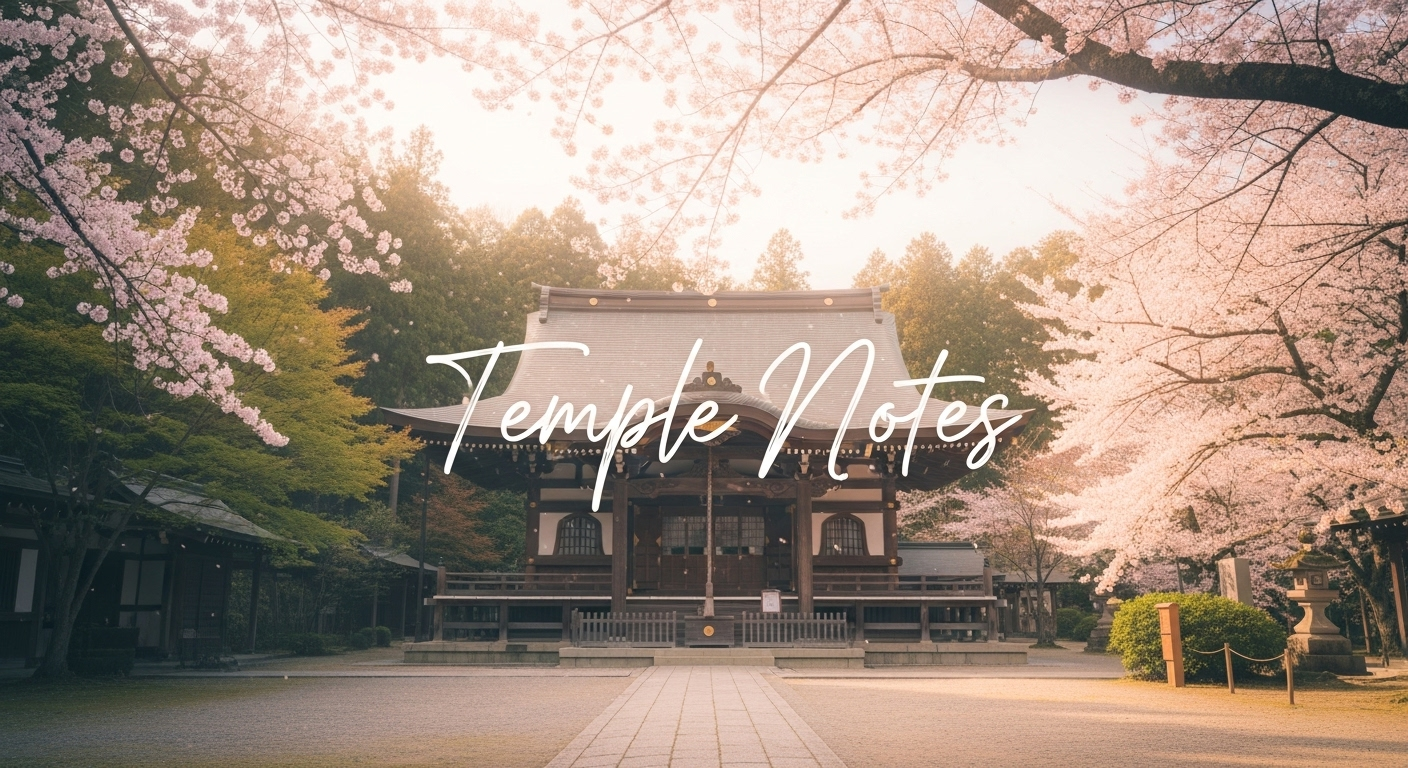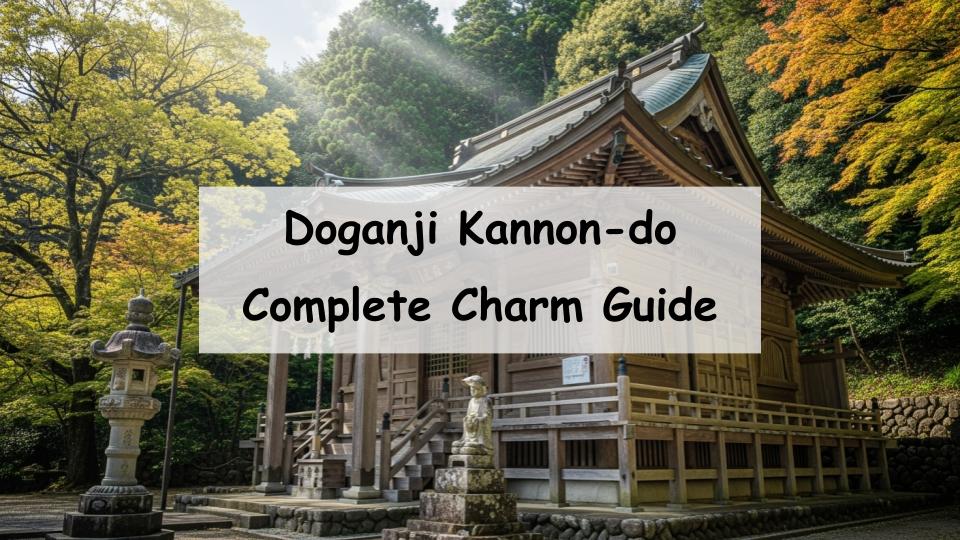Located in Nagahama City, Shiga Prefecture, Doganji Kannon-do (Kogen-ji) is famous for housing a National Treasure—the Eleven-Headed Kannon statue. This temple attracts both history enthusiasts and travelers looking for cultural experiences. Many visitors wonder, “What makes it so special?” “What are the highlights and historical value?” or “How can I get there easily?” In short, Doganji Kannon-do is a rare destination where you can encounter a priceless cultural treasure in a tranquil setting. This article introduces its features, highlights, historical background, access routes, and useful tips to know before your visit.
What is Doganji Kannon-do (Kogen-ji)?
Basic Information
Doganji Kannon-do, also called Kogen-ji, is located in Takatsuki-cho, Nagahama City. It houses the celebrated Eleven-Headed Kannon, designated as a National Treasure, along with other Important Cultural Properties. For centuries, it has been preserved as both a sacred site and a cultural treasure.
History and Origins
The Kannon statue has been carefully protected by villagers for generations. In the Meiji era, it was recognized as one of the most remarkable Buddhist statues in Japan. The main hall, which had deteriorated over time, was rebuilt in the Taisho period in a Heian-style architectural design. This preservation effort reflects the strong devotion of the local community.
The National Treasure: Eleven-Headed Kannon
The Eleven-Headed Kannon of Doganji is considered one of the most beautiful examples of its kind. Its delicate form, serene expression, and elegant proportions make it a masterpiece of Japanese sculpture. As photography of the statue is not permitted, visitors must experience its beauty in person.
Charm and Features of Doganji Kannon-do
The Beauty of the Eleven-Headed Kannon
The Kannon stands with a slightly forward-leaning posture, a step in motion, and a compassionate expression. These characteristics embody the elegance of Heian-period sculpture. The fine details, from the folds in the robe to the ornaments, are remarkably well preserved.
The Atmosphere and Grounds
The temple grounds are serene and calm, offering visitors a sense of peace. Besides the Eleven-Headed Kannon, the temple also preserves other Important Cultural Properties, including statues of Dainichi Nyorai and Amida Nyorai. Exploring the hall and grounds provides a glimpse into centuries of faith and artistry.
Seasonal Highlights
The temple grounds showcase seasonal beauty—cherry blossoms in spring and colorful foliage in autumn make visits especially rewarding. As Doganji is part of the wider “Valley of the Kannons” area, visitors can enjoy temple-hopping throughout the year.
Highlights of Doganji Kannon-do
The Main Hall and Architectural Style
The current main hall was rebuilt during the Taisho period in a style inspired by the Heian era. Its architectural features reflect both traditional Buddhist temple aesthetics and the preservation spirit of the community.
Cultural Assets in the Treasure Hall
In addition to the main statue, Doganji preserves other valuable statues and documents, some designated as Important Cultural Properties. Visitors can sometimes see these artifacts in special exhibitions, which add further depth to the temple experience.
Exploring Nearby Attractions
The Takatsuki area is dotted with many other temples, making it ideal for a “Kannon Pilgrimage.” Visitors often combine a visit to Doganji with other temples or with Nagahama City’s historic district. Rental bicycles and car routes are available for efficient sightseeing.
How to Access Doganji Kannon-do
By Public Transportation
From JR Hokuriku Main Line’s Takatsuki Station, the temple is within walking distance. Alternatively, buses from Nagahama Station bound for Kinomoto stop at “Doganji.” This makes it accessible for travelers without a car.
By Car and Parking
By car, the temple is about 10 minutes from the Kinomoto IC on the Hokuriku Expressway, or 20 minutes from the Nagahama IC. Free parking is available for visitors, including spaces for tour buses.
Suggested Routes and Model Courses
A recommended course is to start with Doganji, explore other Kannon temples in Takatsuki, and then head to central Nagahama for sightseeing in the evening. Visitors can check the local tourism office for updated course suggestions.
Useful Tips for Visiting Doganji Kannon-do
Hours and Admission
Visiting hours are generally from 9:00 a.m. to 5:00 p.m. (until 4:00 p.m. in winter). The admission fee is around 500 yen. Group discounts and other details vary, so it’s best to confirm beforehand.
Annual Events and Special Viewings
Doganji occasionally hosts temple events and special exhibitions where treasures are displayed to the public. As these events draw crowds, visitors interested in them should confirm schedules in advance.
Etiquette and Best Seasons to Visit
Photography of the main statue is not allowed, and visitors are expected to maintain silence in the hall. Spring and autumn are particularly recommended for their beautiful scenery, but each season offers its own charm.
Conclusion: Experience the Charm of Doganji Kannon-do
A Rare Encounter with a National Treasure
Doganji Kannon-do (Kogen-ji) offers the rare opportunity to stand before a National Treasure—the Eleven-Headed Kannon. The statue’s beauty and the temple’s tranquility together create a profound spiritual and cultural experience.
Perfect for History and Cultural Exploration
With careful planning, including access details and nearby attractions, a visit to Doganji can be the highlight of a cultural journey in Shiga. Whether you are a history enthusiast or a casual traveler, this temple is a must-see destination..
A Message from the Guide

You can admire the magnificent Eleven-Headed Kannon, full of grace and dignity.






Comment